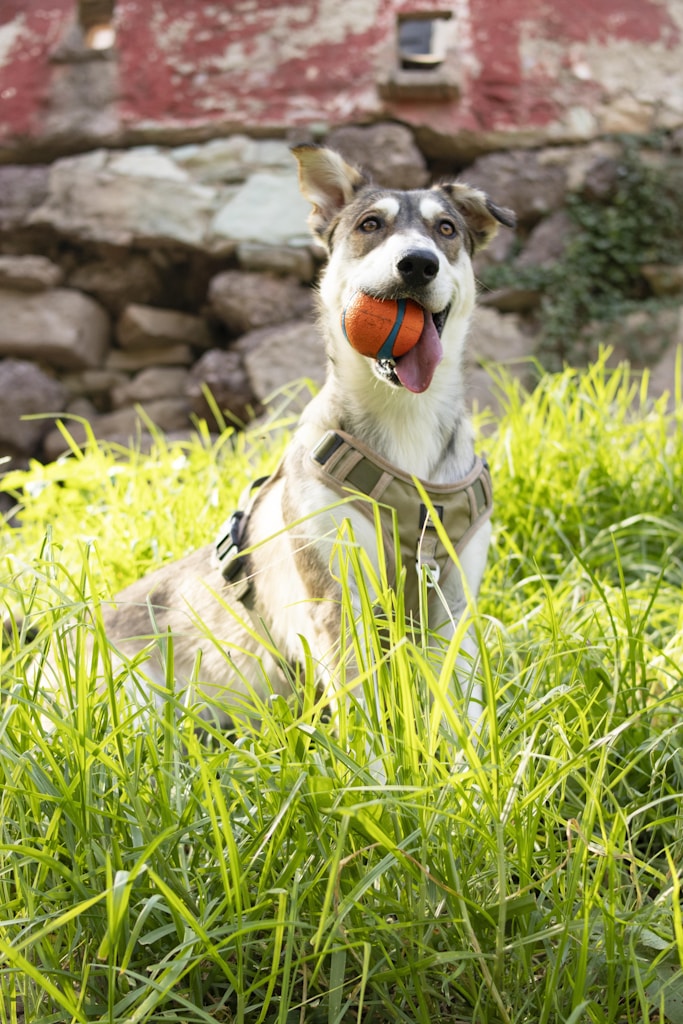Canine viral enteritis. Recent developments

Two apparently novel viral gastroenteritides of dogs were recognized in 1978: one caused by a parvo-like virus (CPV) and one by a corona-like virus (CCV). A rotavirus has also been tentatively associated with neonatal pup enteritis. Canine viral enteritis is characterized by a sudden onset of vomiting and diarrhea, rapid spread and high morbidity. Treatment […]
Isolation, cloning and analysis of parvovirus-specific canine antibodies from peripheral blood B cells

B-cell cloning methods enable the analysis of antibody responses against target antigens and can be used to reveal the host antibody repertoire, antigenic sites (epitopes), and details of protective immunity against pathogens. Here, we describe improved methods for isolation of canine peripheral blood B cells producing antibodies against canine parvovirus (CPV) capsids by fluorescence-activated cell […]
The global spread and replacement of canine parvovirus strains

Canine parvovirus type 2 (CPV-2) became widespread during 1978 and was reported in many countries during 1978 and 1979. Earlier studies showed that CPV-2 was replaced in the U.S.A. around 1980 by an antigenically and genetically variant virus (CPV-2a). Here we show that CPV-2 was present in the U.S.A., Japan, Belgium and Australia prior to […]
Maternally derived immunity to canine parvovirus infection: transfer, decline, and interference with vaccination

Antibody to canine parvovirus (CPV) was transferred from an immune bitch to her pups through the placenta and colostrum. Colostral transfer accounted for approximately 90% of the maternally-derived CPV antibody. After suckling, pups and hemagglutination-inhibition titers that averaged 50% of their dam’s titer. Maternally derived CPV antibody declined with a half-life of 9.7 days. Pups […]
Antigenic relationships between canine parvovirus type 2, feline panleukopenia virus and mink enteritis virus using conventional antisera and monoclonal antibodies

Abstract The antigenic relationships between three similar parvoviruses, canine parvovirus type 2 (CPV), feline panleukopenia virus (FPV) and mink enteritis virus (MEV) were investigated. Antisera against all 3 viruses and monoclonal antibodies (mAb) to CPV were prepared and the viruses compared using several serological methods. When conventional sera were used in the hemagglutination-inhibition and agar […]
Natural variation of canine parvovirus

C R Parrish, P H O’Connell, J F Evermann, L E Carmichael Abstract Canine parvovirus was first recognized during 1978. Analysis of isolates collected since its emergence revealed that viruses circulating after 1980 were antigenically different from earlier isolates. Monoclonal antibodies clearly distinguished the two strains, some being specific for either the old or the new viruses. Restriction […]
Renal Abnormalities Caused by Canine Distemper Virus Infection in Terminal Patients

The aim of this study was to analyze the glomerular and tubular alterations in dogs with terminal distemper through light microscopy, immunofluorescence, and electron microscopy. Thirteen animals with a molecular diagnosis of distemper and neurological signs were selected. As a control group, 10 clinically healthy animals with no manifestations or signs of disease and with […]
3 de 3 – Mecanismos inmunopatógenos y neurológicos del virus del moquillo canino».

Otávio Valério Carvalho , 1 , 2 Clarisse Vieira Botelho , 2 Caroline Gracielle Torres Ferreira , 2 Paulo Oldemar Scherer , 1 Jamária Adriana Pinheiro Soares-Martins , 3 Márcia Rogéria Almeida , 2 y Abelardo Silva Júnior 2 , *Información del autor Notas del artículo Información de derechos de autor y licencia Descargo de […]
2 de 3 – Mecanismos inmunopatógenos y neurológicos del virus del moquillo canino».

Otávio Valério Carvalho , 1 , 2 Clarisse Vieira Botelho , 2 Caroline Gracielle Torres Ferreira , 2 Paulo Oldemar Scherer , 1 Jamária Adriana Pinheiro Soares-Martins , 3 Márcia Rogéria Almeida , 2 y Abelardo Silva Júnior 2 , *Información del autor Notas del artículo Información de derechos de autor y licencia Descargo de […]
1 de 3 – Mecanismos inmunopatógenos y neurológicos del virus del moquillo canino.

Primera parte:Otávio Valério Carvalho , 1 , 2 Clarisse Vieira Botelho , 2 Caroline Gracielle Torres Ferreira , 2 Paulo Oldemar Scherer , 1 Jamária Adriana Pinheiro Soares-Martins , 3 Márcia Rogéria Almeida , 2 y Abelardo Silva Júnior 2 , *Información del autor Notas del artículo Información de derechos de autor y licencia Descargo […]
